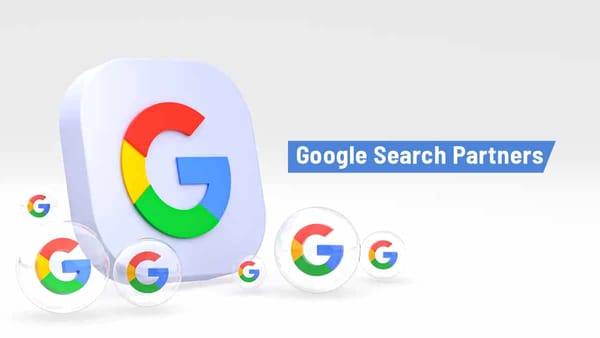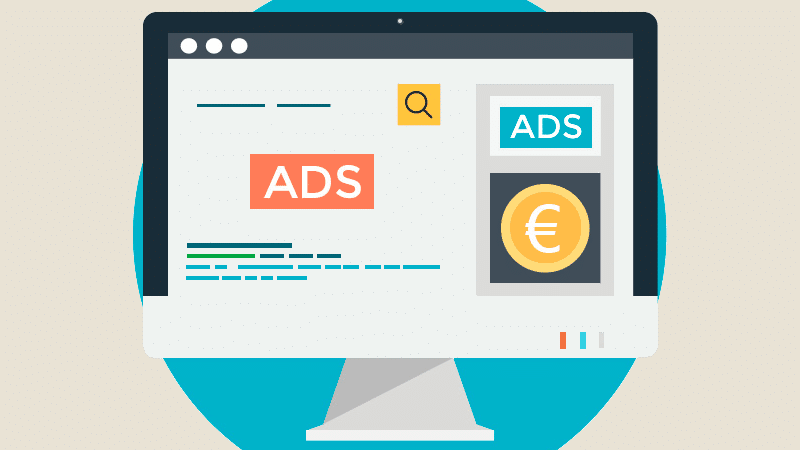Social Media vs Traditional Media: A Comprehensive Comparison

Introduction
The digital age has ushered in a new era of communication, with social media taking the spotlight. While traditional media such as TV, radio, and print were once the go-to platforms for marketing and information sharing, social media has revolutionized the way brands, businesses, and individuals connect with audiences. In this article, we’ll compare social media and traditional media, highlighting the key differences, advantages, and challenges of each.
Understanding Traditional Media
Traditional media refers to long-established forms of communication that include:
- Television
- Radio
- Print (Newspapers, Magazines, Flyers)
- Outdoor (Billboards, Posters)
These mediums have been used for decades to convey messages, advertise products, and inform the public. Traditional media is often regulated by industry standards and government bodies.
Understanding Social Media
Social media platforms are digital spaces where users create, share, and engage with content. Popular platforms include:
- TikTok
Unlike traditional media, social media is highly interactive, allowing users to comment, share, and participate in conversations. It’s less regulated and more dynamic, offering immediate feedback and greater flexibility in content creation.
Key Differences Between Social Media and Traditional Media
- Reach and Audience
- Traditional Media: Reaches mass audiences through television broadcasts, print circulation, or radio transmissions. However, it’s often limited to a specific geographical region or demographic.
- Social Media: Reaches a global audience instantly, transcending geographical barriers. Content can be tailored to specific demographics, ensuring precision targeting.
- Cost and Budget
- Traditional Media: Typically requires a substantial budget for TV ads, print space, or radio airtime. High production costs for creating TV commercials and print ads also contribute to overall expenses.
- Social Media: Can be very cost-effective, especially for small businesses. Paid ads are flexible, and organic reach (through hashtags, shares, etc.) can lead to free visibility.
- Interactivity
- Traditional Media: One-way communication—audiences receive the message but have limited opportunities to interact. Feedback typically comes in the form of letters, calls, or surveys, which can be slow.
- Social Media: Two-way communication—users can comment, like, share, and interact directly with brands or content creators. Real-time feedback and engagement are immediate.
- Audience Targeting
- Traditional Media: Audience targeting is broad and less precise. Marketers rely on demographic data, but targeting is often based on time slots or regions.
- Social Media: Provides highly targeted advertising options. Platforms like Facebook and Instagram allow businesses to filter audiences based on interests, behaviors, age, location, and more.
- Speed and Timing
- Traditional Media: Advertising or content creation can take time, from conceptualization to production, resulting in delayed publication. Broadcast schedules and print deadlines are fixed.
- Social Media: Content can be created and published in real-time. Immediate feedback and viral potential mean campaigns can be launched and adjusted swiftly.
- Longevity of Content
- Traditional Media: Once a TV ad or magazine issue is released, it’s generally gone unless it’s archived or re-broadcast. The message is often short-lived.
- Social Media: Content has a longer lifespan, especially with evergreen posts that continue to generate engagement over time. Additionally, videos and posts can be shared, re-shared, and circulated indefinitely.
- Analytics and Tracking
- Traditional Media: Measuring the effectiveness of traditional media campaigns can be challenging. Advertisers rely on surveys, viewership ratings, or circulation figures, which might not be entirely accurate.
- Social Media: Offers detailed metrics and analytics. Every post, ad, and interaction can be tracked and analyzed in real-time, providing insights into audience behavior, reach, and engagement.
Advantages of Social Media Over Traditional Media
- Cost-Effectiveness: Social media advertising is often more affordable, with options for businesses to start small and scale based on results.
- Engagement and Interaction: Social media offers an interactive experience, allowing businesses to directly connect with their audience, respond to inquiries, and build relationships.
- Flexibility and Customization: Social media campaigns can be adjusted on the fly. If something isn’t working, you can change the strategy instantly.
- Viral Potential: Content on social media can go viral, reaching millions of people without spending large amounts of money.
- Better Targeting: With advanced targeting options, social media allows brands to tailor their campaigns to very specific audiences.
Advantages of Traditional Media Over Social Media
- Wider Reach for Certain Demographics: Traditional media, such as TV and radio, might be more effective for reaching older demographics who may not be as active on social media platforms.
- Credibility and Trust: Traditional media often carries an air of credibility. People tend to trust TV broadcasts and newspaper articles more than social media content, which can sometimes be influenced by bias.
- High-Impact Messaging: TV commercials and radio ads can leave a strong impression due to the sensory elements involved, such as sound, movement, and visuals.
Conclusion
Both social media and traditional media have their distinct advantages, but the digital revolution has placed social media at the forefront of marketing, advertising, and communication strategies. Social media offers unmatched reach, targeting precision, and interactivity, while traditional media still holds its ground in credibility and broad reach for certain demographics. Ideally, businesses should consider integrating both strategies, utilizing the strengths of each to maximize impact and engagement.




